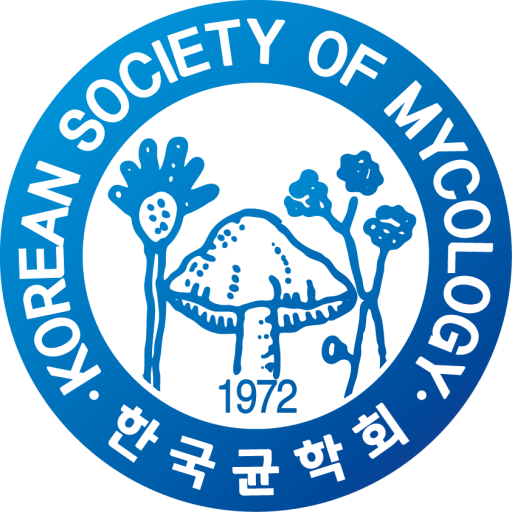Peroxisome targeting signal type 1 receptor Pex5 regulates peroxisome degradation in the pepper anthracnose fungus Colletotrichum scovillei
Guoyang Gao1, Juhyuk Suk1, Yongju Jang1 Jeongmin Lee2 and Kyoung Su Kim1*
1Division of Bio-Resource Sciences, Interdisciplinary Program in Smart Agriculture andBioHerb Research Institute, Kangwon National University, Chuncheon, Republic of Korea
2Division of Bio-Heatlth Technology, Kangwon National University, Chuncheon, Republic of Korea
*Email: kims@kangwon.ac.kr
The plant pathogenic fungus Colletotrichum scovillei causes severe anthracnose disease on pepper fruit, leading to a considerable economic loss on pepper production worldwide. Peroxisomes are single-membrane-bound organelles found in most eukaryotes. The main functions of peroxisome are scavenging of reactive oxygen species (ROS) and fatty acid β-oxidation, but it also contributes to a variety of metabolic processes including glucose metabolism and penicillin biosynthesis, depending on organisms. Peroxisomal matrix proteins contain two distinct peroxisomal targeting singals, PTS1 and PTS2. The receptor proteins Pex5 and Pex7 recognize PTS1 and PTS2 signal, respectively, and imports the matrix proteins to peroxisomes. However, the functional roles of Pex5 in C. scovillei have not been understood. In this study, we characterized the functional roles of CsPEX5 using a targeted deletion mutant (ΔCspex5) generated by homology-dependent replacement. CsPex5 was required for carbon source utilization, conidial production, conidial morphology, appressorium size, appressorium melanization, lipid degradation, and import of PTS1-containing proteins to peroxisomes in C. scovillei. The expression of fluorescently tagged SKL, tripeptide peroxisomal-targeting sequence, showed that normal peroxisomal localization of PTS1 is dependent on CsPex5. Collectively, these findings indicate that CsPex5 is essential for metabolic processes and mediating peroxisomal targeting efficiency of PTS1-containing proteins in C. scovillei. Compared to the wild-type, ΔCspex5 caused anthracnose disease of reduced severity on intact and wounded pepper fruits. Taken together, our findings provide insight into the cellular roles of CsPex5 in PTS1 protein import system.

 English
English